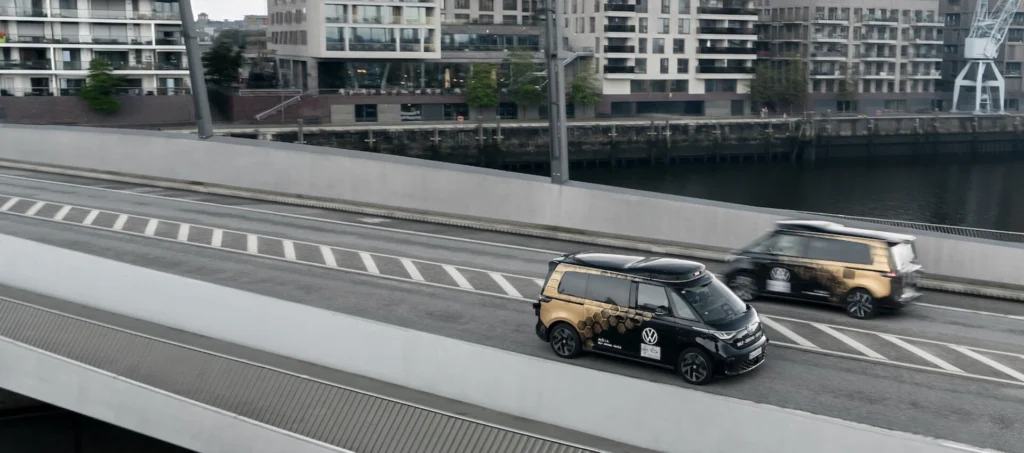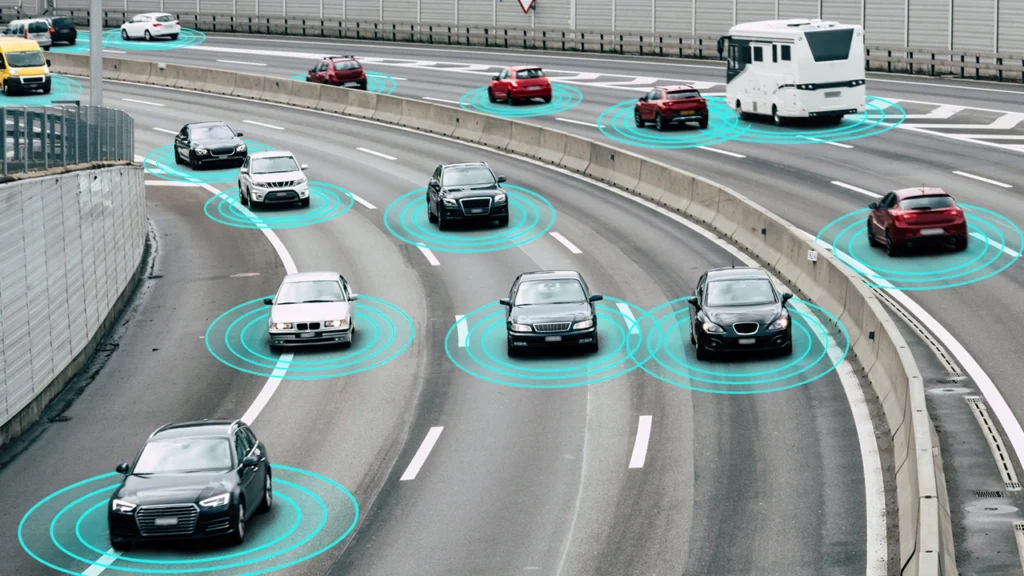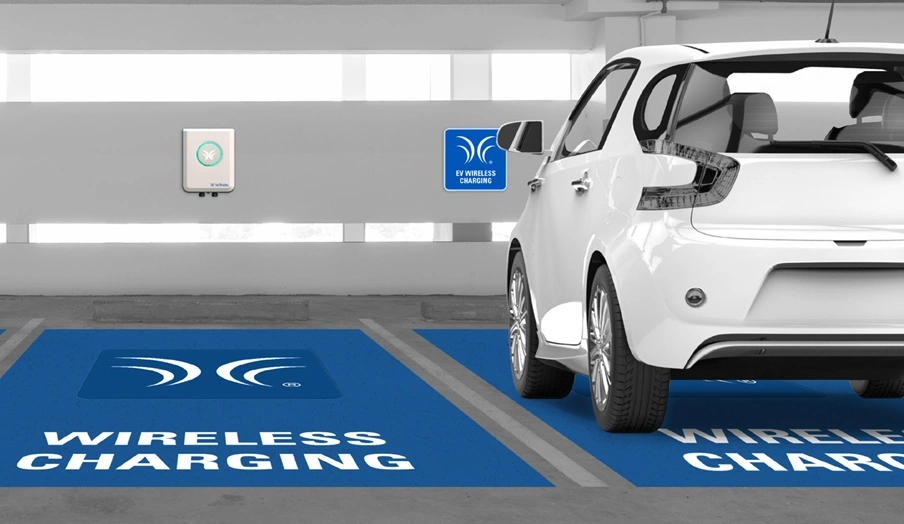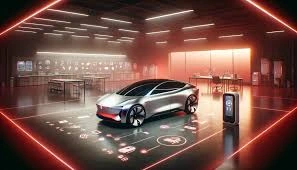The automotive industry is evolving at an unprecedented pace. What was once science fiction—like self-driving cars or voice-controlled dashboards—is now becoming the new normal. In 2025, automotive tech is smarter, safer, more sustainable, and more connected than ever before.
Whether you’re a car enthusiast, tech lover, or industry professional, these top 10 automotive tech innovations are worth knowing about. They’re not just cool features—they’re reshaping how we drive, commute, and think about mobility.
🚘 1. Autonomous Driving (Level 4 and Beyond)

Self-driving technology continues to evolve, and 2025 is a major milestone. With Level 4 autonomy, vehicles can operate without human input in specific areas or conditions. These cars use:
- AI-powered perception systems
- LIDAR, radar, and high-def cameras
- Real-time data processing
From robo-taxis to automated deliveries, this innovation is redefining transportation.
🌐 2. 5G Vehicle Connectivity (V2X Communication)

Thanks to 5G, vehicles now communicate in real time with:
- Other vehicles (V2V)
- Infrastructure (V2I)
- Pedestrians and networks (V2X)
This connectivity improves road safety, navigation, traffic management, and even remote diagnostics—all with ultra-low latency.
⚡ 3. Solid-State Batteries
Traditional lithium-ion batteries are giving way to solid-state batteries, which offer:
- Faster charging
- Higher energy density
- Improved safety and longer lifespan
This innovation is expected to accelerate EV adoption and reduce range anxiety significantly.
📱 4. Advanced Infotainment & Augmented Reality Dashboards
Modern dashboards now resemble smart tablets with features like:
- Augmented reality (AR) heads-up displays
- Voice assistants powered by AI
- Seamless smartphone integration
- In-car apps and entertainment streaming
Driving has never felt more digital or connected.
🧠 5. AI-Driven Driver Monitoring Systems
Safety is getting smarter. AI-powered systems now monitor:
- Eye movement and attention
- Fatigue or drowsiness
- Distractions behind the wheel
If the driver becomes unresponsive, the system can alert them—or even safely stop the car.
🔋 6. Wireless EV Charging

Say goodbye to charging cables. In 2025, wireless charging pads allow EVs to charge:
- At parking lots
- At home garages
- Even while stopped at traffic lights (dynamic charging)
This boosts convenience and encourages more people to switch to electric vehicles.
🛡️ 7. Over-the-Air (OTA) Software Updates
Cars are now like smartphones—constantly improving via the cloud. OTA updates let manufacturers:
- Add new features
- Fix bugs or improve performance
- Push out security patches
You no longer need a service appointment to update your car—it happens while you sleep.
🌍 8. Sustainable Materials & Eco-Friendly Manufacturing
Automakers are embracing green innovation by using:
- Recycled plastics and natural fibers
- Vegan leather alternatives
- Energy-efficient production processes
This shift isn’t just about reducing carbon emissions—it’s about creating truly eco-conscious vehicles from start to finish.
🛰️ 9. Enhanced GPS & Real-Time Mapping with AI
Advanced GPS systems now feature:
- Real-time hazard alerts
- AI-powered route predictions
- Lane-level accuracy and AR overlays
This makes driving smoother and navigation far more precise, especially in cities or complex highway systems.
🚀 10. Vehicle Personalization via AI
Imagine your car recognizing you and adjusting everything to your preferences:
- Seat position and climate control
- Music, lighting, and driving modes
- Route suggestions based on your habits
With AI and machine learning, vehicles in 2025 are becoming deeply personal digital companions.
Final Thoughts: A Smarter, Safer, Greener Future on Wheels
The automotive world is no longer just about engines and horsepower—it’s about technology, intelligence, and sustainability. From fully autonomous driving to real-time connectivity and AI-driven personalization, 2025 is a transformative year for the auto industry.
These innovations are not only enhancing how we drive—they’re redefining what it means to own, share, and interact with vehicles. Whether you’re behind the wheel or just along for the ride, one thing is clear:
The future of automotive tech is already here—and it’s accelerating fast.

